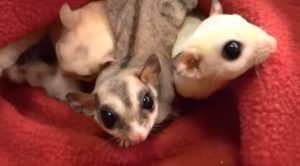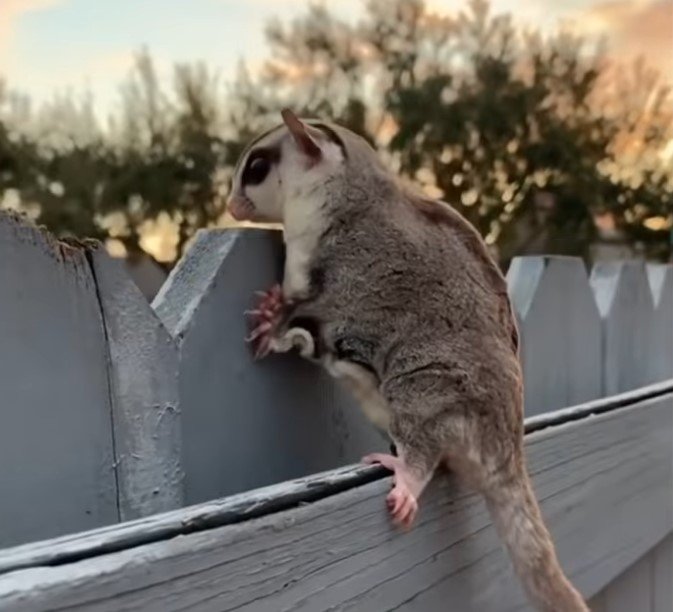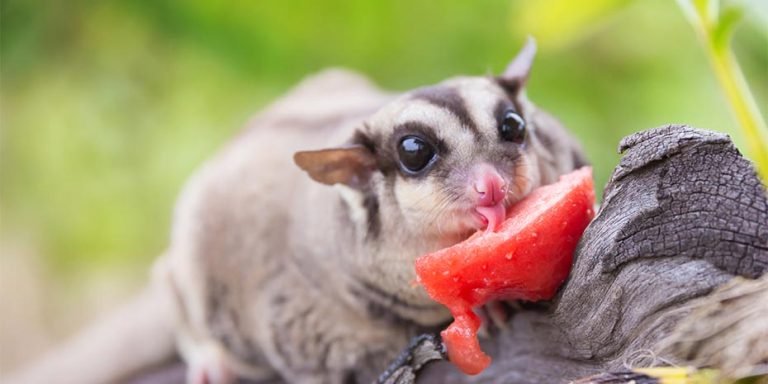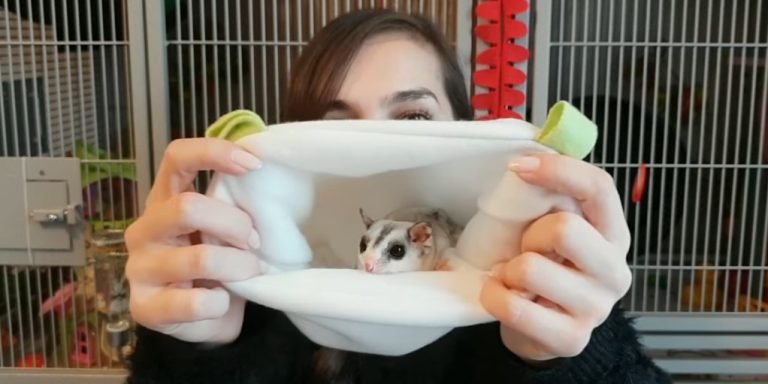The Pet Glider Pedigree
The Pet Glider Pedigree: A Guide to Understanding and Choosing the Perfect Pet Glider
Have you ever considered adding a pet glider to your family? These adorable little creatures, also known as sugar gliders, are becoming increasingly popular as pets. From their unique appearance to their playful and sociable nature, there’s no denying their charm. But before you rush out to get one of these furry friends, it’s crucial to understand the pet glider pedigree and what it entails. In this article, we’ll dive deep into the world of pet gliders, exploring their origins, characteristics, and how to choose the perfect companion for you.
The History of the Pet Glider Pedigree
The pet glider pedigree traces its roots back to the wild sugar gliders native to Australia, New Guinea, and Indonesia. These small marsupials have long been admired for their ability to glide through the air using a flap of skin called a patagium. In recent decades, sugar gliders have gained popularity as pets due to their cute appearance and social behavior.
In the early 1970s, some gliders were brought to the United States as exotic pets. However, the capture and export of wild sugar gliders are now illegal in many countries to protect the species’ natural habitats. As a result, the majority of pet gliders available today are born and bred in captivity, ensuring they have a healthy, documented lineage.

The Benefits of a Pet Glider Pedigree
Choosing a pet glider with a well-documented pedigree offers numerous advantages. Here are a few reasons why it’s important to consider the lineage of your potential pet:
1. Health and Genetic Background: Gliders with a known pedigree are less likely to have inherited health issues. By selecting a glider from a reputable breeder who keeps detailed records, you can ensure your pet has a healthy genetic background.
2. Behavior and Temperament: Breeding programs that focus on maintaining the pet glider pedigree often prioritize socialization and temperament. This means that gliders from well-established lines are more likely to have desirable traits, such as being friendly, playful, and easy to handle.
3. Long-Term Commitment: Owning a pet glider is a long-term commitment, as they can live up to 12-15 years in captivity. By choosing a glider with a known pedigree, you can make an informed decision based on the expected size, temperament, and lifespan of the animal.
Understanding the Pedigree Documentation
When you’re interested in getting a pet glider with a known pedigree, it’s essential to understand the documentation that comes with it. The pedigree documentation typically includes the following information:
1. Lineage: The lineage of the glider will be documented, often going back several generations. This information helps breeders track any notable traits, behaviors, or health conditions that may be present in the bloodline.
2. Genetic History: The pedigree will also provide information on the glider’s genetic background. This includes details about the glider’s parents, grandparents, and any known genetic markers or traits that have been observed within the lineage.
3. Breeder Information: The pedigree documentation should include the name and contact information of the breeder. Reputable breeders will make themselves available to answer any questions you may have and provide ongoing support for your pet’s care.
Choosing the Perfect Pet Glider
Now that you understand the significance of the pet glider pedigree, it’s time to choose the perfect pet glider for you. Here are a few factors to consider:
1. Compatibility: Gliders are highly social animals and thrive when they have a companion of their kind. Consider getting at least two gliders so they can bond and interact with each other.
2. Bonding and Socialization: When selecting a pet glider, opt for one that has been handled frequently and properly socialized. This will help ensure that your glider is comfortable with human interaction and enjoys spending time with you.
3. Age and Gender: Depending on your lifestyle and preferences, you may want to consider the age and gender of your pet glider. Baby gliders require more time and effort for bonding, while older gliders may already be accustomed to human interaction.
4. Health and Veterinary Care: When choosing a pet glider, it’s essential to obtain one from a reputable breeder who provides proper veterinary care. Ensure that the glider has received regular check-ups and vaccinations.
Frequently Asked Questions
Here are some common questions that often arise when it comes to pet gliders:
1.: Are pet gliders legal in every state?
The legality of owning a pet glider varies from state to state and even within different local jurisdictions. Before getting a pet glider, it’s crucial to research and understand the laws specific to your area.
2: Are pet gliders low-maintenance pets?
While they may appear low-maintenance, pet gliders actually require a significant amount of care and attention. They need a specialized diet, a large enclosure, and plenty of mental and physical stimulation.
3: Can I keep a glider as a solitary pet?
It is generally not recommended to keep a glider as a solitary pet. Gliders are highly social animals and thrive in the company of their own kind. It’s best to have at least two gliders to meet their social needs.
Final Thoughts
Considering the pet glider pedigree is vital when looking to bring one of these captivating creatures into your life. By understanding their history, the importance of genetics, and how to choose the perfect pet glider, you can make an informed decision that ensures both you and your glider companion will enjoy a happy and fulfilling life together.
Remember, the pet glider journey is a long-term commitment, so take the time to research reputable breeders, familiarize yourself with their documentation, and ensure you provide a suitable environment for your glider’s physical and social needs. With the right knowledge, care, and love, you’ll create a lasting bond with your new pet glider that will bring joy and happiness for many years to come.







